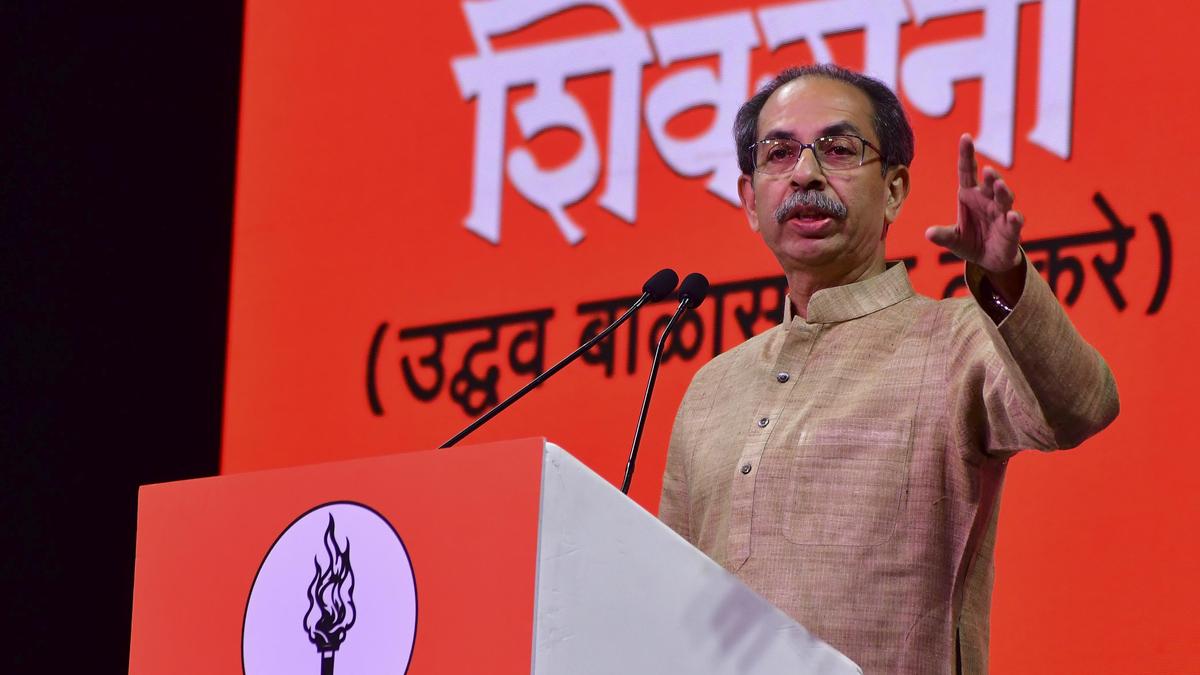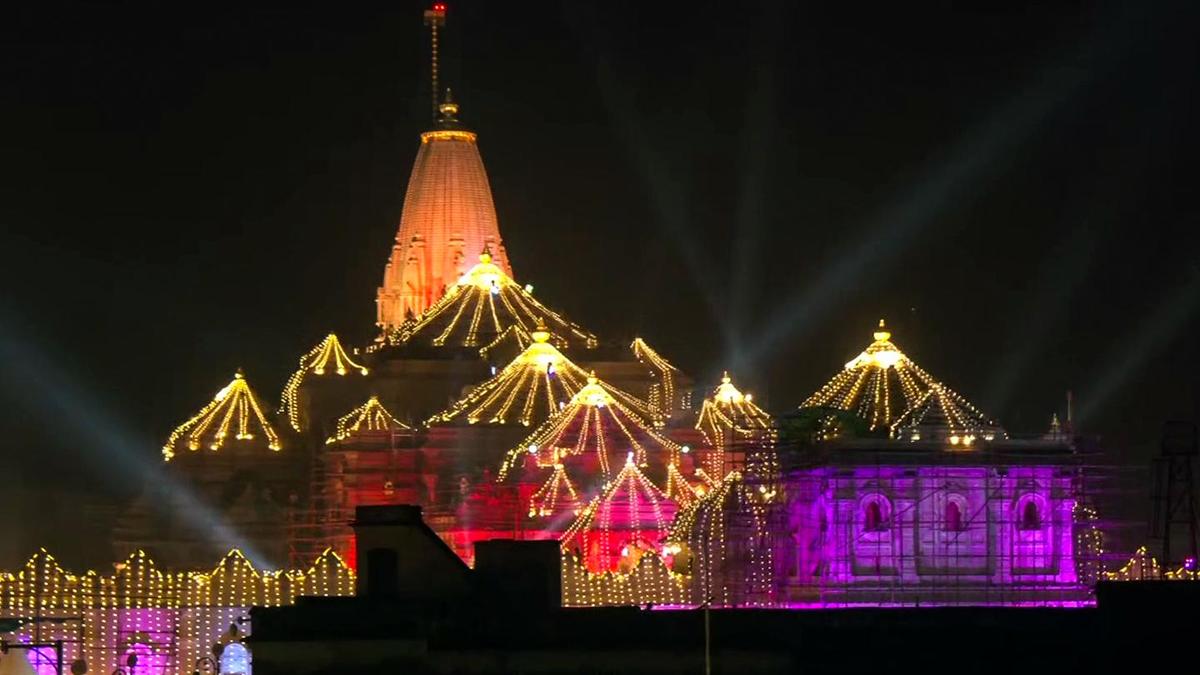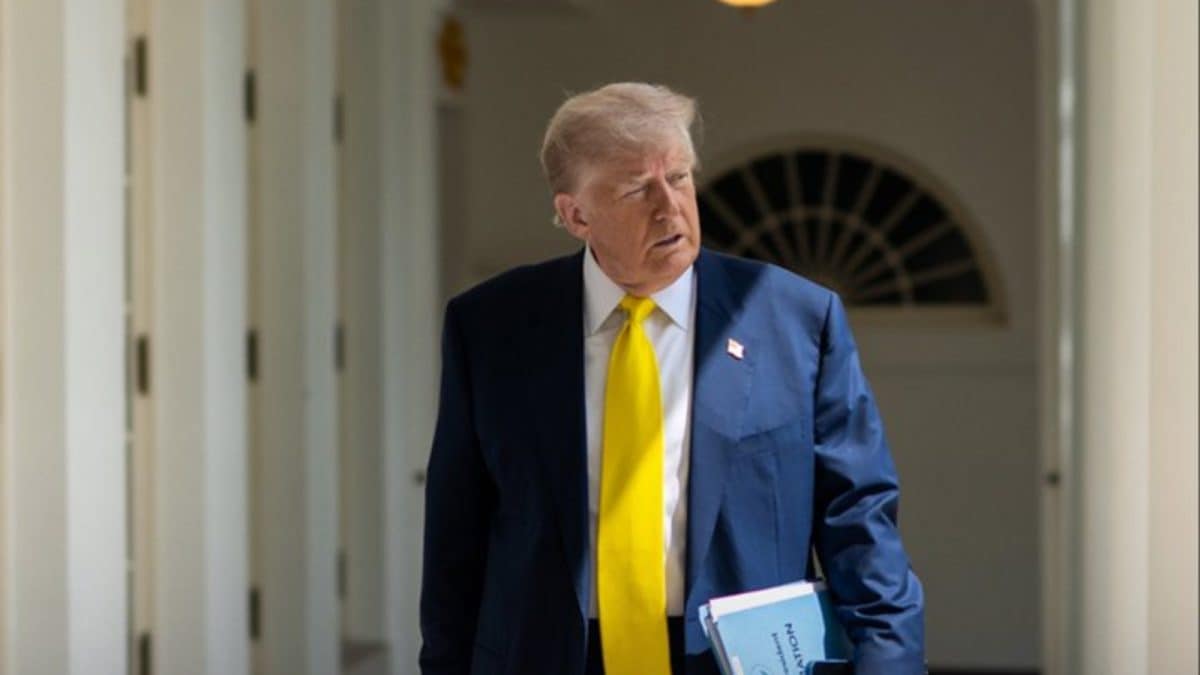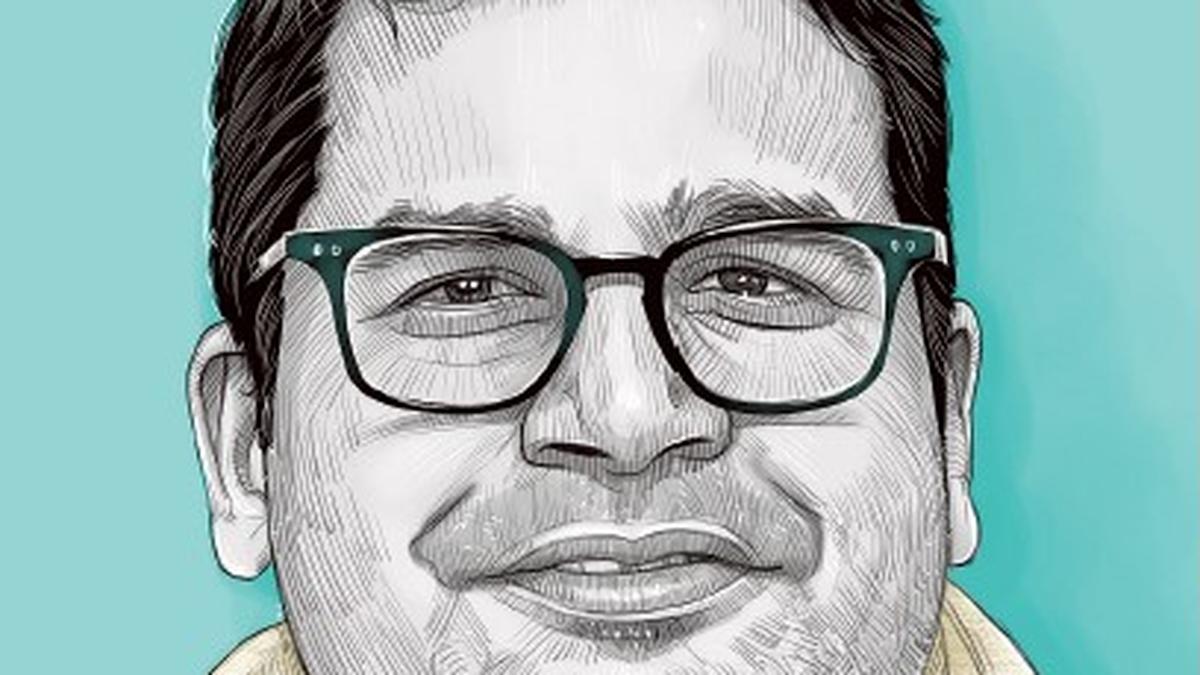Bengaluru’s Namma Metro has completed 14 years of operations, yet its progress remains painfully slow. Since its inception, the Bangalore Metro Rail Corporation Limited (BMRCL) has managed to complete only 96 km of its network, averaging a modest 7 km (6.86 km per year).
Despite its crucial role in easing the city’s notorious traffic congestion, the project has been mired in delays, missed deadlines, and administrative inefficiencies that continue to cause inconvenience to lakhs of commuters.
October 20 marks 12 years since the opening of Namma Metro’s first operational stretch, Reach 1, connecting M.G. Road to Baiyyappanahalli on October 20, 2011. The launch was a historic milestone, signalling the beginning of South India’s first metro system and the city’s entry into the mass rapid transit era. Over time, the network grew to become India’s second-largest metro, spanning 96.1 km behind only the Delhi Metro.
However, this growth has come at a snail’s pace. What was envisioned as a transformative project has instead become synonymous with delays. Bengaluru’s first underground metro line, inaugurated in 2016, also took years longer than planned. The prolonged construction and constant road diversions have left citizens grappling with daily traffic chaos.
For instance, the Yellow Line, which connects R.V. Road to Bommasandra, exemplifies the persistent delays that characterise BMRCL’s operations. Initially scheduled to open in December 2022, the line missed multiple deadlines, first pushed to June 2023, then April 2024. Although civil works concluded in March 2024, delays in receiving rolling stock forced BMRCL to postpone the opening further to December 2024. It was finally inaugurated in August 2025, nearly three years late.
Administrative delays
“A major portion of Namma Metro’s delays are administrative rather than technical,” said railway activist K.N. Krishna Prasad. “Both the Centre and the State, who jointly manage BMRCL, have failed to coordinate effectively. The lack of leadership stability and inadequate technical expertise among top officials have only worsened the problem.”
He pointed out that for long periods, BMRCL operated without a full-time Managing Director, and those who occupied the position often lacked the technical background to lead such a complex infrastructure project. “Given Bengaluru’s exploding population and transport needs, the metro should have been prioritised. Instead, poor coordination and leadership gaps have slowed progress,” he added.
‘Misplaced priorities’
Transport expert M.N. Srihari called for a shift in government priorities. “Instead of focusing on long-term metro expansion, authorities often turn to quick-fix projects like flyovers and now tunnel roads. These offer short-term relief but don’t address the root cause of congestion. Metro expansion should be treated as a city-shaping investment, not as one among many infrastructure projects,” he said.
Mr. Srihari pointed out that the BMRCL’s potential remains largely untapped due to poor planning and a lack of technical direction. “Land acquisition hurdles, frequent design changes, and poor coordination among agencies continue to slow the project. What Bengaluru needs is a seamless, high-capacity metro network to tackle its traffic and pollution problems,” he added.
BMRCL officials, meanwhile, have attributed the delays to factors beyond their immediate control. “Land acquisition issues have been one of our biggest challenges. Acquiring property from private owners, the Forest Department, and other government bodies takes time. Additionally, public interest litigations (PILs) and environmental clearance delays further complicate timelines,” said a senior BMRCL official.
Costliest metro in India
Officials cited the time-consuming process of obtaining permissions for tree cutting, utility shifting, and safety inspections as key reasons for slow progress. “Inter-departmental coordination remains a bottleneck. Even small procedural delays can hold up entire stretches of work,” the official added.
Namma Metro is the most expensive metro network in the country in terms of ticket fares. In February, BMRCL revised fares, initially proposing a hike of over 110%. Following strong public backlash, the increase was capped at 71%. However, the lack of transparency surrounding the fare revision process drew criticism from commuters and civic groups.
BMRCL came under fire for withholding the Fare Fixation Committee (FFC) report for several months before releasing it publicly.

 6 days ago
6
6 days ago
6









 English (US) ·
English (US) ·